Home | Things to Do | Moose Spotting
moose spotting
You can spot moose throughout most of Maine, but their population is most significant in more secluded areas, including much of Maine’s Lakes and Mountains.
The best times to spot them are at dusk and dawn from mid-May through July and again in the fall during their breeding season, called the rut. Fall is also when the impressive antlers of the bull moose are fully formed. They will shed their antlers in November or December, and new, more massive antlers will begin to grow in the spring.
Because of their massive size, moose find it easier to move about in open areas. They can often be spotted along logging roads, diving for dinner in wet, boggy areas, hanging out in gravel pits, and clip-clopping down ATV or snowmobile trails.
To improve your chances of seeing a moose, contact a Maine Guide specializing in moose-watching tours. You’ll enjoy this chance to safely and comfortably view these magnificent creatures as you learn about moose habits and habitat from a knowledgeable source. While rare, at the right time of year, tours in some areas have spotted as many as twenty moose in a single outing.
moose facts
Moose are the official state animal of Maine.
Maine has the second highest population (30,000) of moose in the U.S., next to Alaska.
Moose are the largest member of the deer family.
Male moose are called “bulls”. Female moose are called “cows”. Baby moose are called “calves”.
Only Bull Moose have antlers that can span up to 6 feet wide and weigh up to 90 lbs.
Moose live for an average of 25 years and can weigh up to 1500 lbs.
Moose, on average, is 7 feet tall at the shoulders and 8.5 feet long, and their front legs are longer than their back legs.
Moose are great athletes. They can swim up to 6 mph and run up to 35 mph.
Moose have bad eyesight.
The flap hanging under the moose’s throat is called a “Bell”.
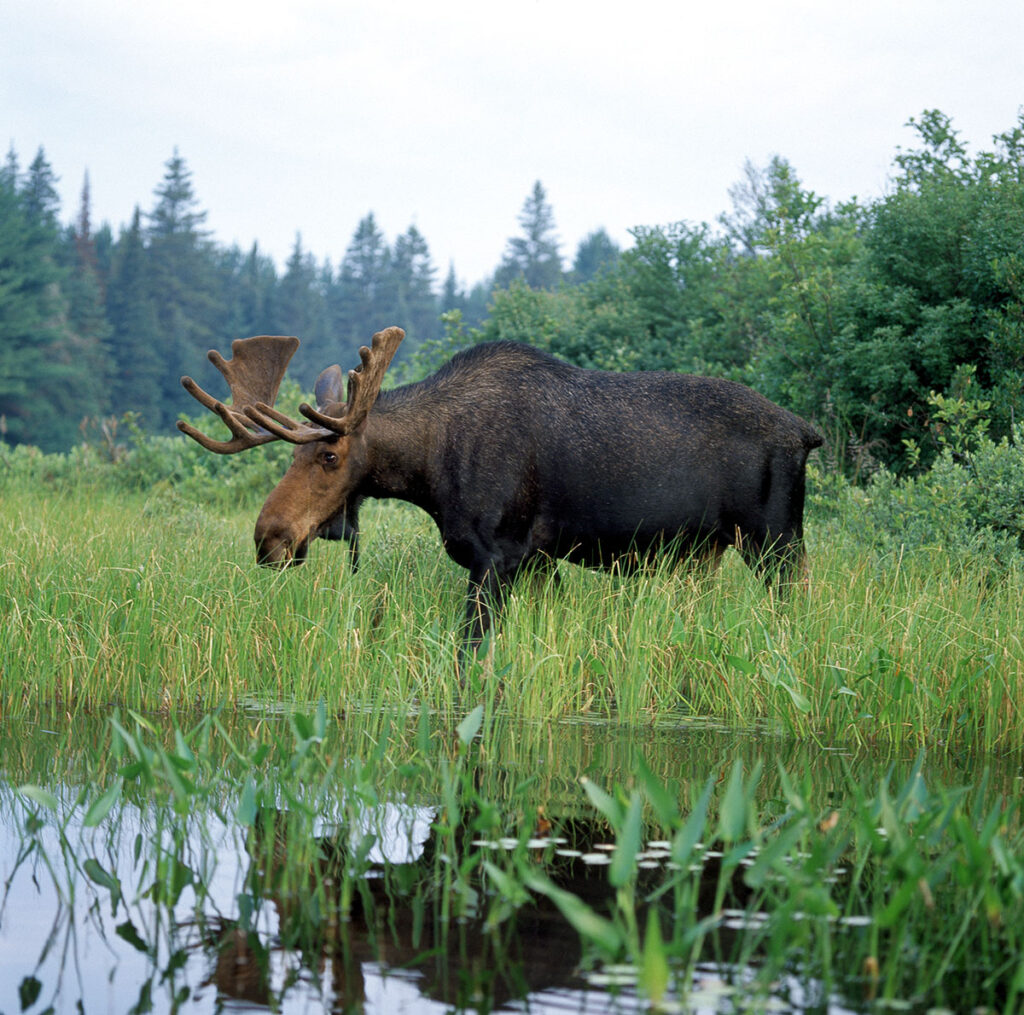

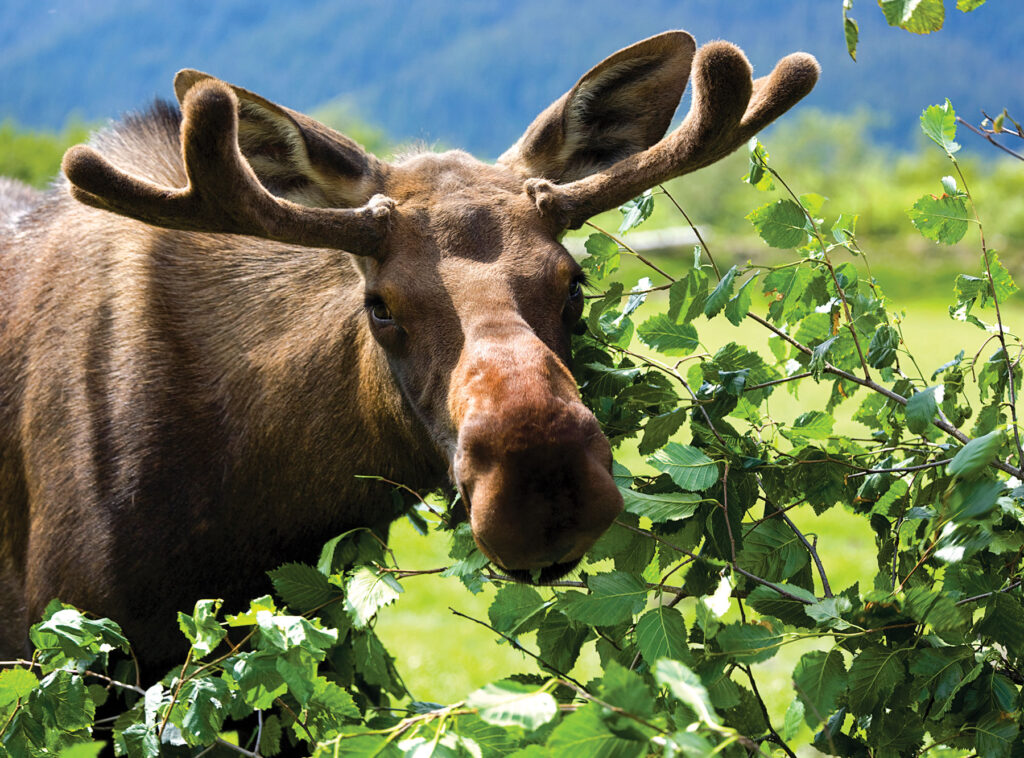
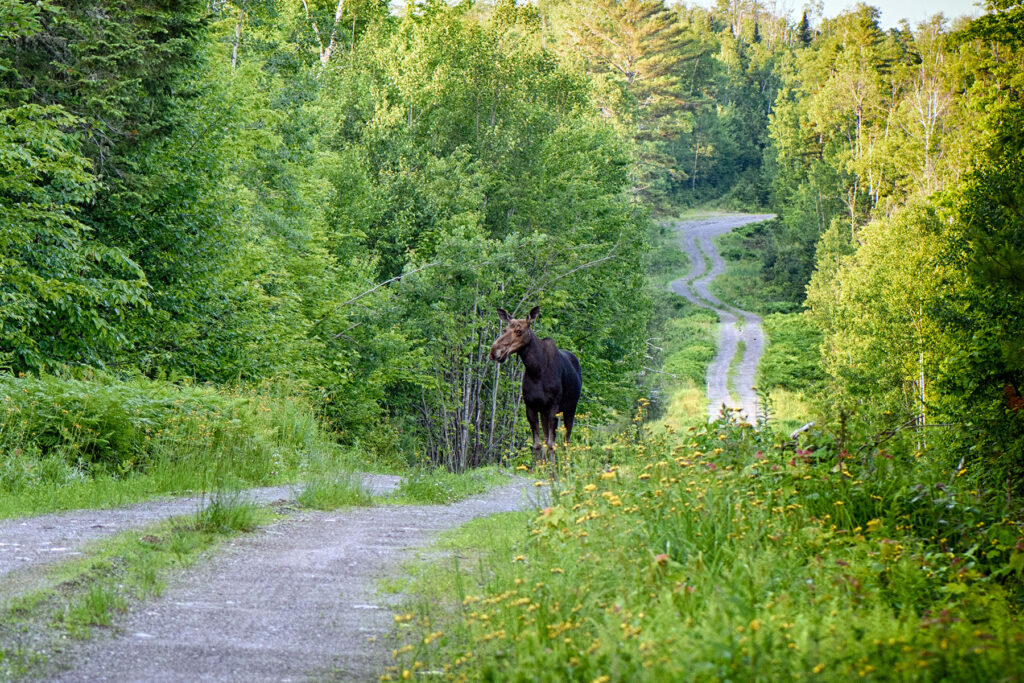
where to spot a Moose
If you are willing to take your chances of spotting a moose the natural way—plus enjoy some incrediblystriking scenery, try one of these locations:
Route 16: Between Oquossoc and Wilson Mills
Route 16 East: Between Rangeley and Stratton
Route 16/27: Between Stratton and Carrabassett Valley
Route 27: Between Eustis and Chain of Pond
Want to be 99% guaranteed you will see a moose, and a bunch of other native wildlife species, head to the Maine Wildlife Park: Route 26, Gray.

Ways to Adventure
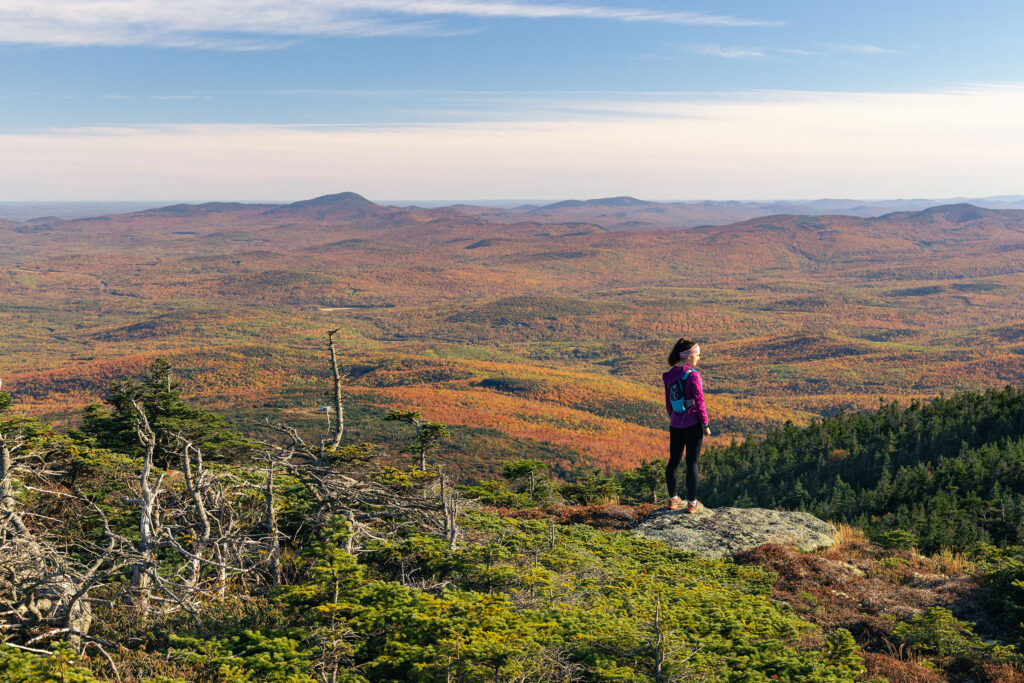
On the trail
hiking
Maine’s Lakes and Mountains is filled with spectacular ways to hit the trail. Whether it is remote backcountry hiking, hoofing it up to the summit of Jockey Cap for the views, or just a leisurely walk in the woods, we’ve got a trail for you.
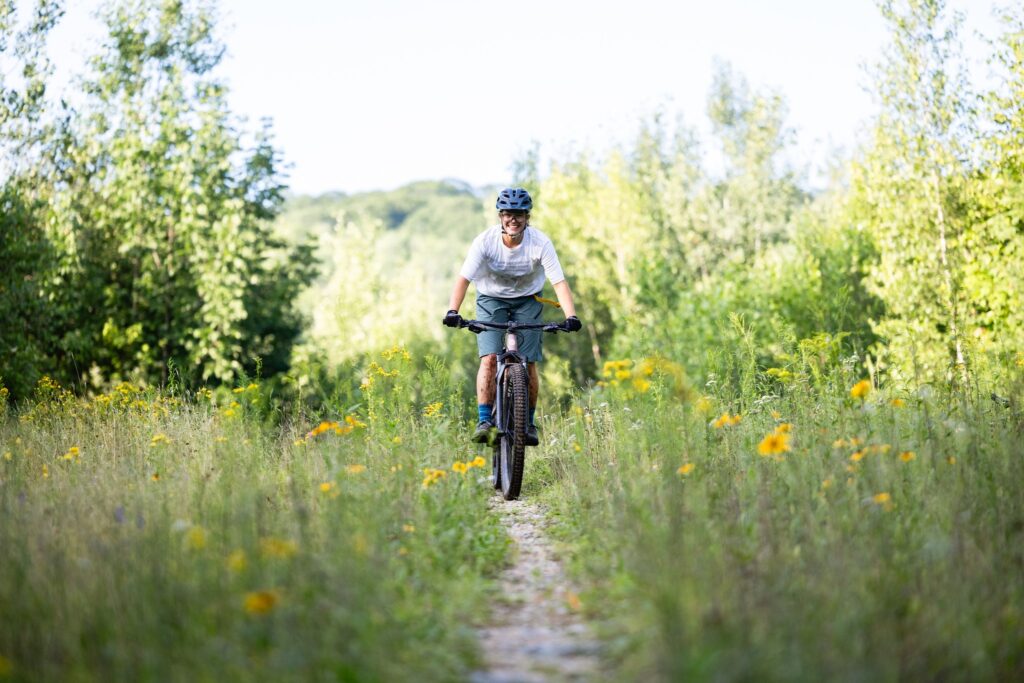
On the trail
Mountain Biking
Though you do not have to be in the mountains to enjoy this sport, the Maine’s Lakes and Mountains region offers the perfect setup for bikers looking for the challenge of single-track.
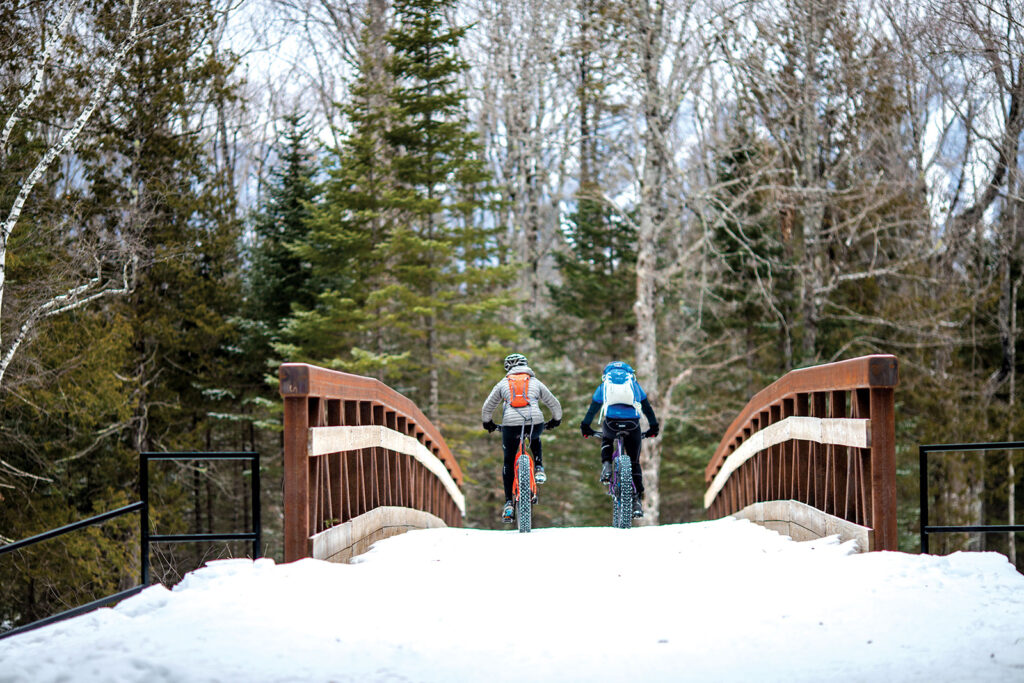
On the trail
fat Biking
If you love mountain biking and winter, fat biking might be your new favorite sport. Fat bikes use huge, grippy tires that allow riders to take to trails typically used by snowmobilers and cross-country skiers.

On the trail
Nordic Skiing
On a crisp, sparkling winter day, one of the best ways to take in Maine’s Lakes and Mountains snowy landscape is to venture out on cross-country skis.

On the trail
snowshoeing
Snowshoeing enthusiasts have options lots of options here. With over 250-miles of groomed trails across the region
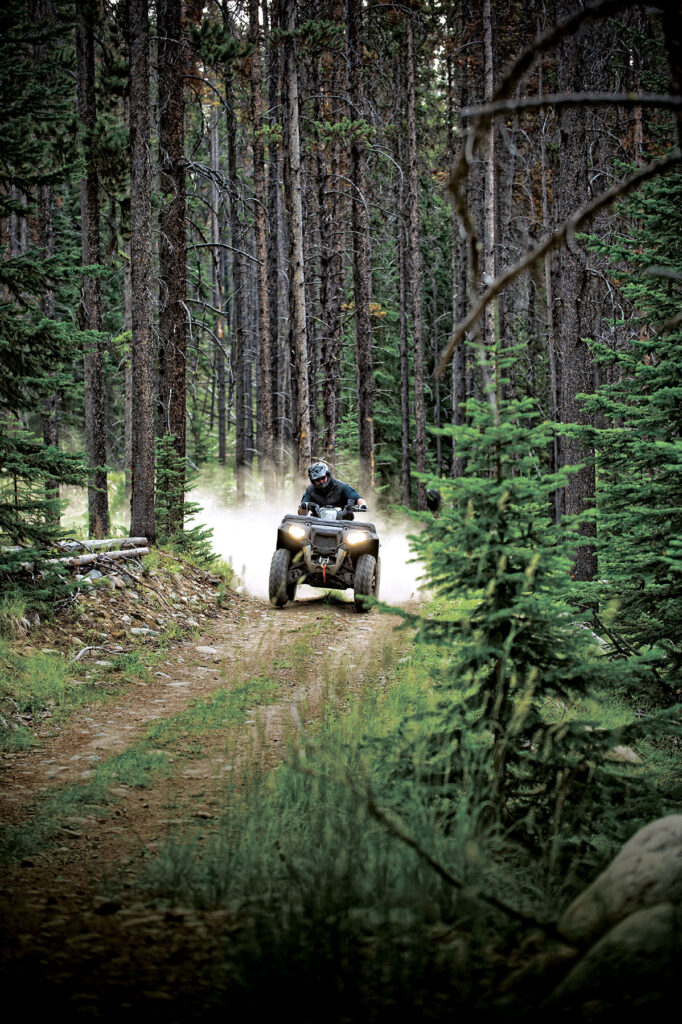
On the trail
ATV Riding
Take on terrain from rocky climbs up a mountain, to smooth cruises through open plains as you explore extensive miles of ATV trails spanning mountains, forests, and meadows.
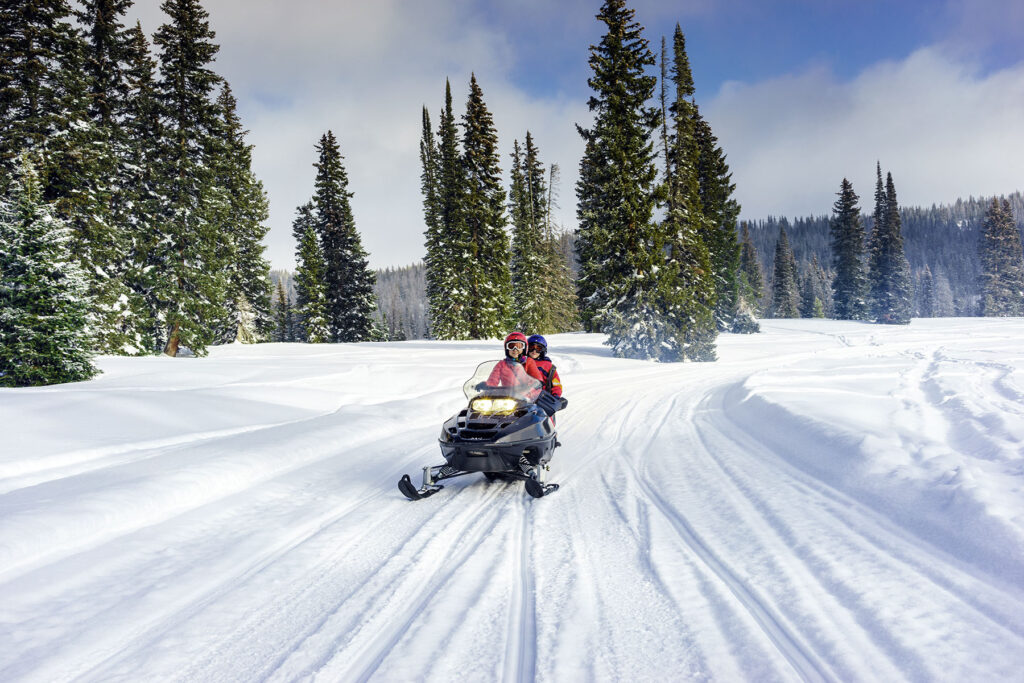
On the trail
snowmobiling
With over near-endless miles of groomed trails maintained by local riding clubs, you’ll always find new places to explore amid the incredible scenery, fragrant pine forests, and wide-open plains.

Nature and Wildlife
Moose Spotting
You can spot moose throughout most of Maine, but their population is most significant in more secluded areas, including much of Maine’s Lakes and Mountains.
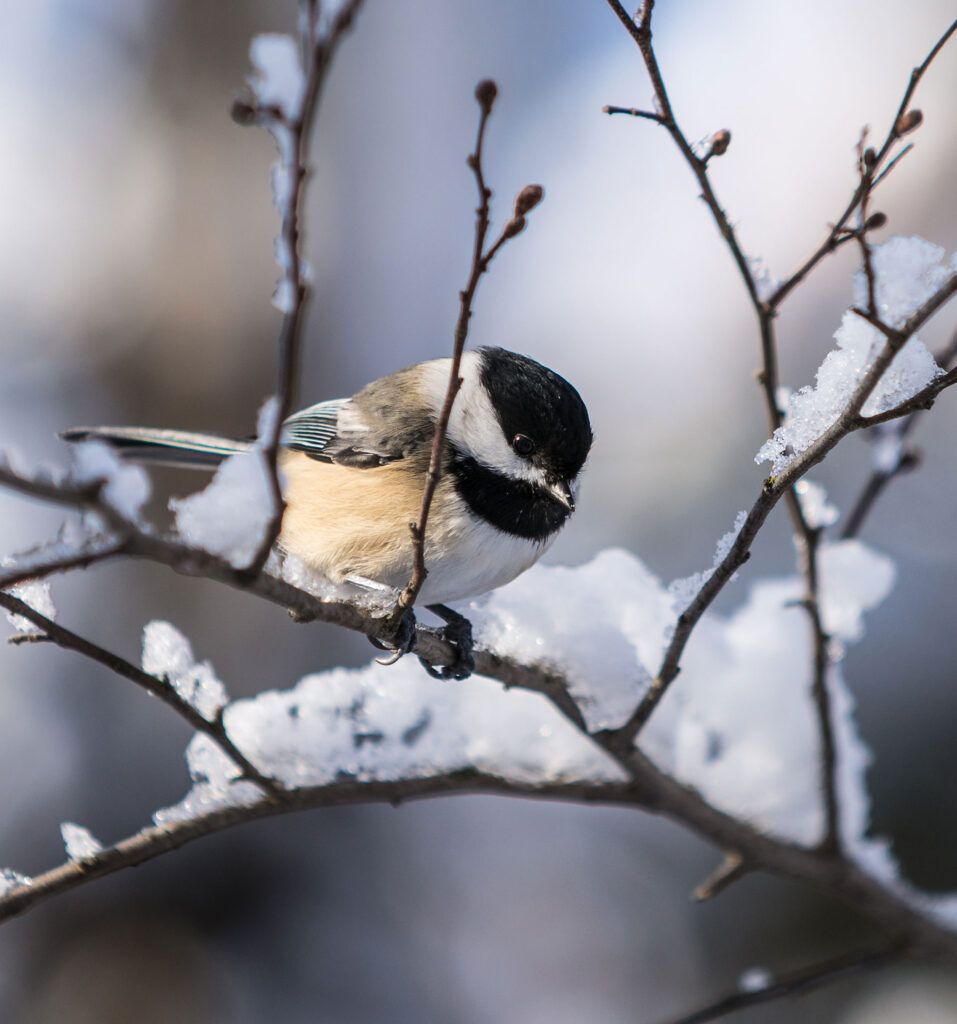
Nature and Wildlife
birding
The forests, fields, and wetlands of Maine’s Lakes and Mountains are the ideal setting to experience the thrill of birdwatching. Many highly coveted species can be found in the area’s boreal forests, including woodpeckers and Bicknell’s Thrush.
Plan Your Trip
Maine’s Lakes and Mountains offers a variety of resources to help you plan your next visit, including an annual visitor’s guide, stand alone map, and the new Adventure Guide App.
Visitor's Guide
Our Free Visitor's Guide will help inspire your next adventure along our mountain trails, lakes, scenic byways, bustling towns and more.
Map of the Region
Companion to the Visitor Guide, our dual-sided planning map will help you find your way to adventure in every season throughout the region.
Adventure Guide App
The App will point the way to all kinds of adventures, experiences and destinations in Maine’s Lakes and Mountains with GPS location maps and alerts.
Adventure Respectfully
Our lakes, mountains, and forests are worthy of respect. Whether you’re venturing out into our vast public or private lands or parks, here’s what you can do to conserve the area’s natural resources for all.
other resources
Take Care of the Land
Tread lightly and leave no trace. Keep this place as pristine as you found it.
Where ya headed?
Check if you’ll be on public or private land and if there are any restrictions or fees. Always research your destination ahead of time.
Stick to established trails & roads.
Whether hiking, biking, angling, or ATVing, always stay on a designated trail.
DON’T DAMAGE TREES
To protect the forest, only build fires in approved sites, don’t leave them unattended, and extinguish them thoroughly.
Avoid spreading invasive species.
Don’t transport firewood, brush your boots, and wash and dry your boat before heading to your next adventure.
Avoid peak hours
Plan around peak hours midday to avoid crowds. Have a Plan B in case the parking lot is already full.
No litterbugs allowed
If you pack it in, pack it out, including food waste like apple cores. Bring bags for pet waste.
When nature calls
If you have to go, pick a spot at least 100′ off the trail or away from a body of water, and bury your poop 6″ deep.
